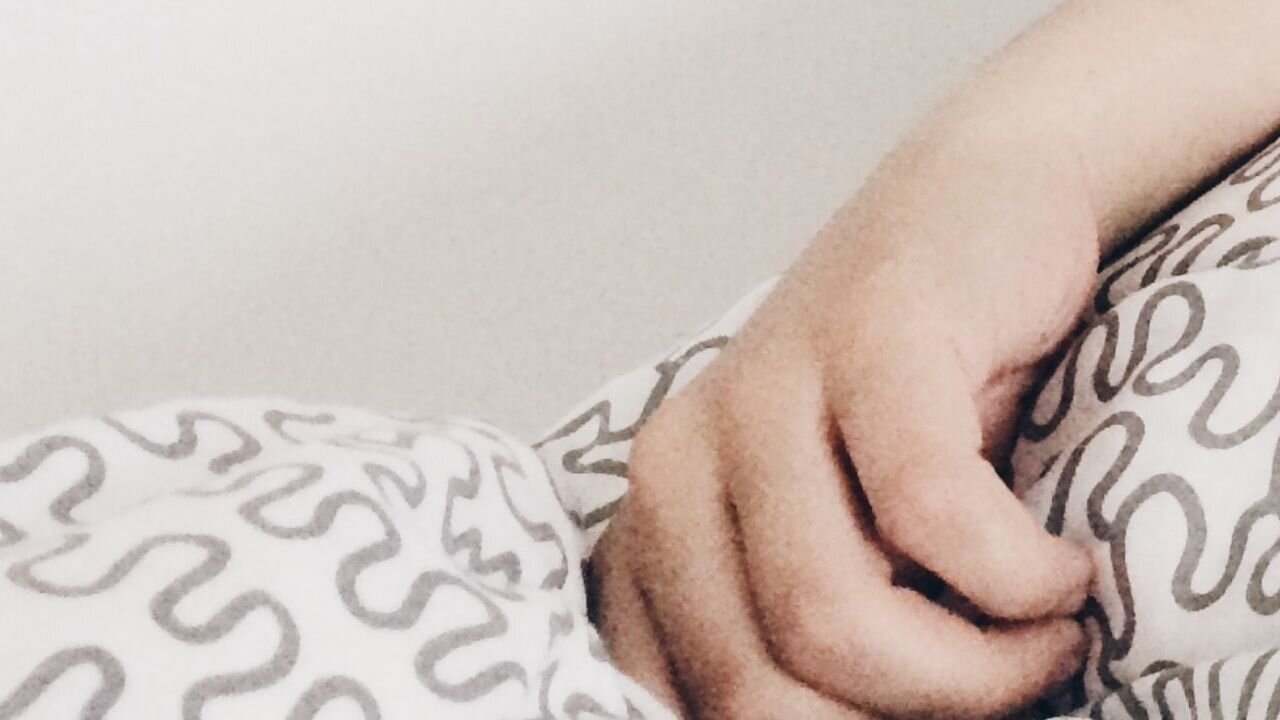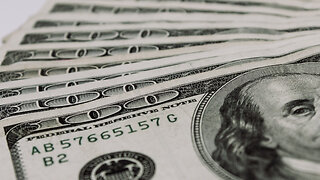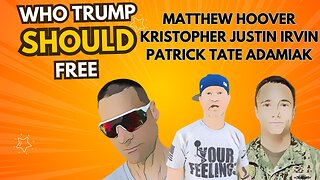Premium Only Content

How long should the perfect nap last?
“Nap o’clock” has been pinpointed at 1:42 p.m., according to new research.
The survey of 2,000 general population Americans revealed just before a quarter to two is respondents’ ideal time to take a snooze.
They believe the perfect nap should last 51 minutes, meaning they’ll wake up at 2:33 p.m.
Commissioned by Avocado Green Mattress and conducted by Talker Research, the survey found if respondents’ naps go 35 minutes over that — lasting an hour and 26 minutes or longer — that’s the “danger zone” where it does more harm than good.
And if a nap lasts an hour and 44 minutes longer than the “perfect” length, then it’s no longer a nap: it’s officially a full sleep session.
Nick Bach, who holds a doctorate in psychology, weighed in with advice on how Americans can make the most of their naps. He said, “As a psychologist, I see firsthand how sleep — especially napping — affects mood, focus and overall well-being. So many people nap the wrong way and then wonder why they feel groggy instead of refreshed.”
One piece of advice: a 51-minute-long nap may be too long. Bach said, “I always tell people that if they nap too long, they risk entering deep sleep, which makes waking up harder. A quick 20-minute nap is perfect for a recharge without the dreaded sleep inertia.”
But in good news, Americans are taking naps at the recommended time — 1:42 p.m. falls into the timeframe that Bach suggests.
“I think one of the biggest mistakes people make is napping too late,” Bach said. “If you nap in the late afternoon or evening, it can mess with your nighttime sleep. Ideally, napping before 3 p.m. keeps your sleep schedule on track.”
Bach also said, “I always recommend napping in a quiet, dark and cool space. If total silence isn’t an option, using white noise or soft music can help. Napping on the couch can work, but a bed with good support is usually better.”
Respondents aren’t fully following this advice: the results found 44% like napping with some kind of noise — compared to 50% who sleep at night with noise. For these respondents, 47% like having the TV on for a nap, compared to just 7% who use a white noise machine.
When it comes to where they’re napping, 53% did say they prefer snoozing in their bed — but 38% would rather nap on their couch.
Regardless of how they nap, respondents do find benefits from taking a midday snooze: 55% immediately feel a boost of productivity after waking up from a nap.
The research also compared those who self-identified as “nappers” to those who didn’t, looking at personality differences between the two groups.
Nappers were more likely to say they have a “thriving” social life (48%) compared to non-nappers (34%). They were also more likely to say the same about their love lives — 50% vs. 39%.
While nappers and non-nappers were equally likely to be happy (74% vs. 73%), nappers were slightly more likely to consider themselves successful (39% vs. 32%). Nappers were also slightly more concerned about making sustainable decisions (74% vs. 68%).
Regardless of whether or not they identified as nappers, the survey found all respondents may not be receiving enough sleep: Americans surveyed only feel well-rested for half of an average week.
NAPPING TIPS FROM NICK BACH, Psy.D.
What to do?
1. Keep It Short (20-30 Minutes Max)
2. Nap Earlier in the Day
3. Create a Comfortable, Distraction-Free Environment
4. Try a "Coffee Nap"
5. Listen to Your Body
What not to do?
1. Don’t Nap Too Long (More than 90 minutes can throw off your sleep cycle.)
2. Don’t Nap Too Late (This can lead to nighttime insomnia.)
3. Don’t Nap in a Noisy or Bright Room (Your brain won’t fully relax.)
Survey methodology:
Talker Research surveyed 2,000 general population Americans; the survey was commissioned by Avocado Green Mattress and administered and conducted online by Talker Research between Jan. 23–27, 2025.
We are sourcing from a non-probability frame and the two main sources we use are:
● Traditional online access panels — where respondents opt-in to take part in online market research for an incentive
● Programmatic — where respondents are online and are given the option to take part in a survey to receive a virtual incentive usually related to the online activity they are engaging in
Those who did not fit the specified sample were terminated from the survey. As the survey is fielded, dynamic online sampling is used, adjusting targeting to achieve the quotas specified as part of the sampling plan.
Regardless of which sources a respondent came from, they were directed to an Online Survey, where the survey was conducted in English; a link to the questionnaire can be shared upon request. Respondents were awarded points for completing the survey. These points have a small cash-equivalent monetary value.
Cells are only reported on for analysis if they have a minimum of 80 respondents, and statistical significance is calculated at the 95% level. Data is not weighted, but quotas and other parameters are put in place to reach the desired sample.
Interviews are excluded from the final analysis if they failed quality-checking measures. This includes:
● Speeders: Respondents who complete the survey in a time that is quicker than one-third of the median length of interview are disqualified as speeders
● Open ends: All verbatim responses (full open-ended questions as well as other please specify options) are checked for inappropriate or irrelevant text
● Bots: Captcha is enabled on surveys, which allows the research team to identify and disqualify bots
● Duplicates: Survey software has “deduping” based on digital fingerprinting, which ensures nobody is allowed to take the survey more than once
It is worth noting that this survey was only available to individuals with internet access, and the results may not be generalizable to those without internet access.
-
 1:12
1:12
SWNS
15 days agoMajority of Americans plan to spend tax refund on necessities
341 -
 20:41
20:41
Producer Michael
18 hours agoMEET THE MAN WHO BUYS THE WORLDS MOST EXPENSIVE DIAMONDS
28.5K9 -
 14:19
14:19
Cooking with Gruel
15 hours agoBaking Soda and Beef
39.2K7 -
 9:41
9:41
Gun Owners Of America
1 day agoATF Is Using Facial Recognition AI To Track Gun Owners
27.5K12 -
 16:01
16:01
Clownfish TV
11 hours agoDisney Officially ENDS Reimagine Tomorrow DEI Program?!
18.9K4 -
 23:11
23:11
ArturRehi
1 day agoThe Truth about U.S. Aid to Russia
16.7K1 -
 1:43:13
1:43:13
MTNTOUGH Fitness Lab
19 hours agoMental Strength VS Physical Strength: What Elite Hunters Really Need (w/Remi Warren)
29.3K2 -
 2:27
2:27
BIG NEM
12 hours agoBalkan Trauma Explained to Africans: The Hidden Truth About Identity & History
36.9K4 -
 12:06
12:06
John Crump News
22 hours ago $1.03 earnedTwo Cases That Should Be Examined Under President Trump's Executive Order
27.9K3 -
 1:00:33
1:00:33
Trumpet Daily
21 hours ago $5.31 earnedThe Final Coup Attempt - Trumpet Daily | Feb. 11, 2025
23.3K25